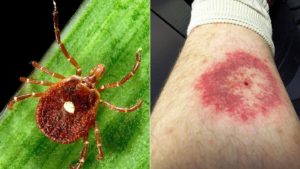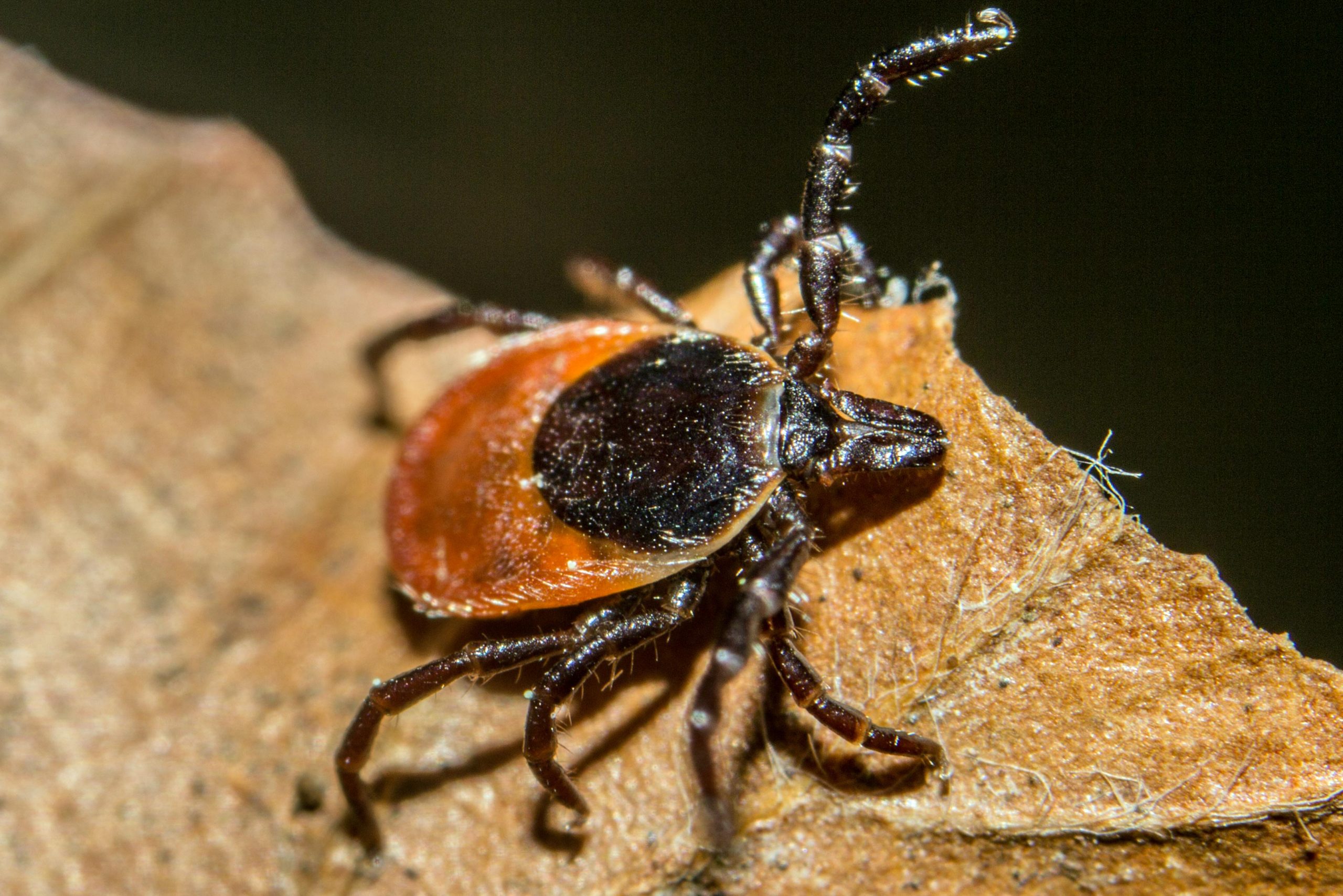Recently reported studies to say: Ticks are becoming the reason for a new menace for the United States. As on advice nowadays people are more focusing on maintaining social distancing due to the COVID-19 outbreak.
Local physicians and other experts are getting worrisome about the contraction of the Lyme disease which shows similar look-alike symptoms as coronavirus.
COVID-19 is a deadly disease caused by a SARS-CoV-2 virus which made the whole nation still. People are practicing less amount of physical interaction and contributing a quality time with their pets indoors. Thus, encouraging us to escape isolation in our homes.
Studies have revealed that due to the rise in the average maximum temperature in winters has left no change in their cycle. This could mean that the nymph ticks are out there waiting for the passersby to cling around.
Brian Kelly – the owner of East End Tick & Mosquito Control says –
“They’re really, really small. They’re hard to see, and people don’t even know they’ve even been bitten. And ticks are being found everywhere right now — they’re not practicing social distancing.”
Diseases such as Babesiosis, Anaplasmosis, or Lyme disease are types of Tick-borne disease which develops similar kind of symptoms – fever, nondescript unwellness, and fatigue, as coronavirus patients.
These diseases do not, however, include a cough, as COVID-19 does.
Ticks are the new concern to worry about
Elizabeth Rogers, a representative of Elizabethtown Community Hospital wrote in an email –
“Providers will now have to consider tick-borne disease and COVID if patients present with an isolated fever.”
Paul Smith’s College professor Lee Ann Sporn’s students have put a lot of effort into the work. “Ticks have been spreading into the Adirondacks” — evidence has been collected for the state over the past few years.
Her research explains that there is an explosion in the population of the arthropods and arachnids which are able to survive in more northern climates and at higher altitudes than before.
In a reply to Rogers, ECH’s Director of Primary Care Dr. Rob Demuro wrote –
“We are approaching tick season, and a year ago with an isolated fever, we would consider tick-borne illness. Now you have to keep in mind COVID. Fortunately, we have improving processes in place to evaluate and test potential COVID patients. The dynamics change with the season.”
According to the U.S. Centers for Disease Control and Prevention, cases vary from region to region on the basis of their symptoms. Lyme disease usually has a signature “bulls-eye” rash but may occur without it.

As reported by Lee Ann Sporn, this disease does not have an early detection test available in the market. If not treated on time will cause harsh effects on the body.
What studies say?
Sporn also said it is children (specifically in the 5 to 9 age range), are most likely to contract Lyme disease. More likely because of their incautious behavior.
Sporn recommends wearing tick “personal protective equipment” when out in the woods. Ticks probably carry these diseases throughout their lives. Picks them up as they are not born with it and transmit to humans easily through bitting. “Once on a host, they find the warmest, dampest area to call home (often the armpits, hair, or groin) and latch on to suck blood.”
“COVID is not the only thing we have to worry about in our area. In fact, many of the laboratory abnormalities that accompany COVID-19 can also be seen with tickborne illnesses, truly inviting confusion.”
– Dr. Keith Collins wrote in an email to Miss Lee Ann Sporn. Dr. Collins is an infectious disease specialist at Champlain Valley Physicians Hospital in Plattsburgh.
Even it is very essential to keep your dogs and cats healthy and away from ticks. As they could be the source of transfer of the ticks into your house and to your body as well.
In order to escape stay-at-home orders, the United States people are spending more outside than usual. According to the studies, Lyme disease could be more prevalent in June and July month.
Therefore, the month of May – is been regarded as Lyme Disease Awareness Month for the public to avoid contracting as much as they can.









